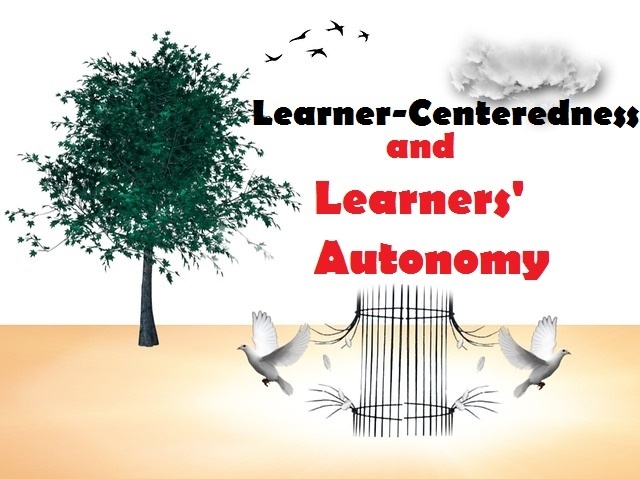Taking a bird’s eye at the history of the English language teaching profession, one can obviously notice that it was characterized by transparent instability and thoroughly continuous innovation.
One of the most important language teaching methodologies that are highly acknowledged to be the starting point of English language teaching (ELT) is traditional grammar-translation method that was developed in the 1930s. Soon later, the English language teaching profession has been drastically subject to some fundamental changes.
Along the historical period that directly followed the 1940s, the English language teaching domain in both the United States of America and Britain has witnessed the upsurge of several teaching methods. To name but a few:
- Situational language teaching 1930
- The direct method in the 1940s
- Audio-lingual Method in the 1950s
- Suggestopedia in the 1960s
- Community Language Learning in the 1960s
- Multiple Intelligence in the 1970s
- Lexical Approach in the 1970s
- Communicative Language Teaching in the 1970s
- Task-Based Language Teaching in the 1970s
- Content-Based Language Teaching in the 1970s
- Competency-Based Language Teaching in the 1980s
- Standards-Based Language Teaching in the 1980s.
All these methods were completely significant to language teaching because they were based on theories of language and language learning. Each method was more important than the other, in that it came up with an additional value, and it also addressed a certain inadequacy of the previous method.
Some of the aforementioned methods have institutional and methodological restrictions, for example: Suggestopedia assumes that for students to maximize learning and retention of the material, they should listen to music and use armchairs rather than chairs. It also suggests that the number of students should be less than twenty in the classroom.
Some of these requirements and technical procedures might sound far-reaching in some educational contexts. Not all teachers can use music to teach students, and some cultures would not accept that since it goes against their principles.
For some institutions, it isimpossible to teach twenty students in each classroom. One should take into account the demographic aspects of societies, as many cases show, overcrowded classes are an inescapable fact.
Community Language Learning assumes that teachers should be versatile in that they should be au fait with the language and some counseling techniques. They should teach without a curriculum.
This shows that there is too much emphasis put on the teacher. However, the daunting reality clearly discloses that the majority of teachers are non-specialists and poorly trained as regards counseling techniques.
Grammar-translation teaching methodology posits that grammar is a very essential ingredient of language. It is considered to be the core of human languages. Ergo, the teaching of foreign languages should hugely focus on grammar, “language structure”. However, the excessive use of this approach in language teaching might result in learners who are not really developing their communicative competence (Dell Hymes) which is more general than grammatical competence (Chomsky)”.
The same criticism can be leveled against the communicative language approach (CLT) to teaching, where so much focus on communication might possibly deprive some learners from full mastery of grammar.
The proponents of CLT claim that language is communication. Human language serves one basic function (communication). Therefore, the teaching of second or foreign languages should revolve on teaching students basic notional and functional aspects of language and meanings to allow them able to use language communicatively.
Focusing solely on this approach can result in learners who are fossilized. Such learners are very fluent, but have a very poor grammatical competence.
The aforementioned discussion about teaching methods plainly implies that different methods have well-recognized contributions to ELT but meanwhile, have some negative side effects on teachers or learners. Some of these methods might suit some contexts while misfit others.
The upsurge of principled eclecticism was thanks to the fact that many teachers, educational officials and other practitioners have fully recognized the insistent need of an eclectic approach that combines all these methods along with their techniques.
What is Eclecticism?
Eclecticism, by definition, means selecting a mixture of what seems to be the best and appropriate of various methods and techniques. The process of selecting and choosing the mixture will frankly depend on the nature of context and learners’ needs.
Principled eclecticism means that teachers should select what works within their dynamic contexts. Since it is impossible to adopt one single method within a particular context, ELT teachers are advised to adhere to an eclectic approach in which they adapt several workable teaching methods and techniques.
Principled eclecticism also includes that teachers taking part in a teaching process of diagnosis, treatment and assessment. This process will require teachers to diagnose and determine learners’ needs in a particular context, set up an effective pedagogical design for appropriate objectives, and assess the accomplishment of those objectives.
Principled eclecticism by large is a teaching pedagogy that is flexible and can suit any teaching context no matter how different it is. It primarily focuses on a context-sensitive language education based on true understanding of local linguistic, socio-cultural and political peculiarities.
Principled eclecticism basically enables teachers to construct their own theory of practice. A well recognized fact, when it comes to teaching, is that although teachers are sufficiently trained, there are other factors that might hinder teaching-learning processes.
Principled eclecticism proposes that teachers can design and vary their activities, procedures, and techniques based on their understanding of the educational context in which they teach.
I hope this post was beneficial. Please share this post with someone who might need it.
Like our page, and follow us on Facebook.







